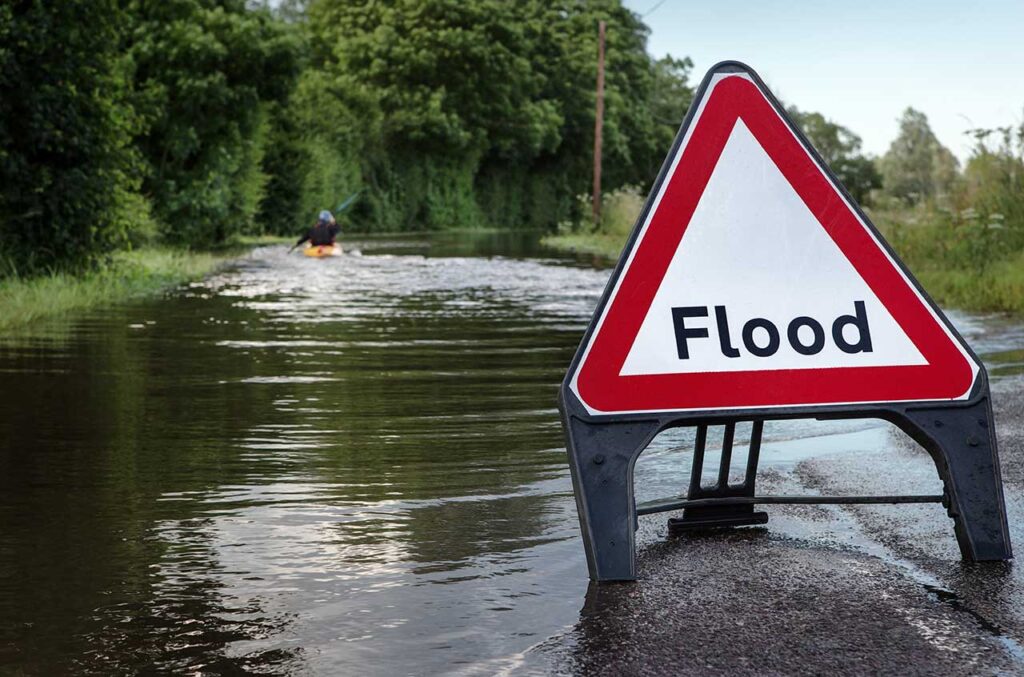The Environment Agency has published updated assessments of national flood and coastal erosion risks in England. With improvements in data modelling and technology, these new figures represent a significant update from previous assessments in 2017 and 2018.
Key Findings from the Assessment
- 3,500 properties are expected to be in areas at risk of coastal erosion up to 2055.
- 6.3 million properties in England are in areas at risk of flooding.
- 4.6 million of these are at risk of surface water (flash) flooding—an increase of 43%.
- 2.4 million are at risk of flooding from rivers and the sea, with an 88% increase in the number of properties at the highest risk levels (greater than 1 in 30 chance annually).
Staying Safe During Flood Recovery
Avoiding Contaminated Water
Flood water may be contaminated with sewage, chemicals, or animal waste. Avoid direct contact where possible. If you must enter flood water, wear waterproof gloves and rubber boots, and beware of hidden hazards like sharp debris or lifted manhole covers.
Electrical and Gas Safety
Never touch electrical sources while standing in water. If gas or electrical systems have been submerged or damaged, seek a qualified engineer to inspect them before use.
Safe Clean-Up Practices
- Wear protective clothing to guard against contaminated water and cleaning chemicals.
- Use suitable face masks when pressure washing.
- Keep cuts and sores clean and covered, and maintain good hand hygiene throughout clean-up efforts.
Hazardous Chemicals and Equipment
If hazardous chemicals are on-site, take extra precautions. Damaged containers may leak, and fumes can build up—especially in confined spaces. Ensure equipment like diesel-powered generators or heaters are only used in well-ventilated areas, and never refuel near ignition sources.
Where to Find More Information
The latest national flood and erosion risk report is available on the Gov.UK website.



